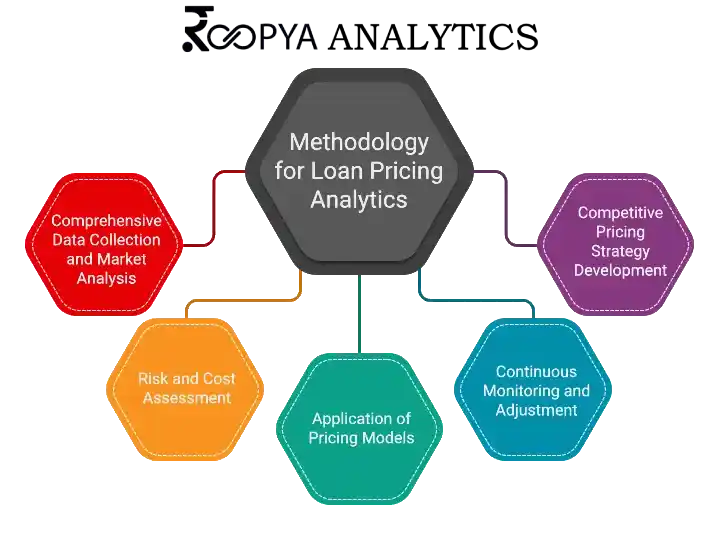| Reserve Bank of India (RBI) Guidelines |
Comply with RBI's regulatory framework on lending, including interest rate setting, KYC norms, and
customer protection. |
Ensure loan pricing aligns with RBI guidelines, maintaining transparency and fairness in interest rates
and fees. |
| Fair Lending Laws (US) |
Ensure loan pricing practices in the US do not discriminate based on race, colour, religion, national
origin, sex, marital status, or age. |
Implement unbiased statistical models and conduct regular reviews to maintain fairness in loan pricing
and practices. |
| Basel III Norms |
Adhere to the international regulatory framework for banking supervision, emphasizing risk management,
capital adequacy, and liquidity standards. |
Incorporate risk-based pricing in line with Basel III norms, ensuring the loan pricing accurately
reflects the risk profile. |
| Equal Credit Opportunity Act (ECOA) (US) |
Prohibit discrimination in any credit transaction in the US based on race, colour, religion, national
origin, sex, marital status, age, or any public assistance program. |
Ensure loan pricing models in the US are free from biases and evaluate all applicants based on
creditworthiness, not on prohibited factors. |
| Consumer Protection Act (India) |
Protect consumer rights and ensure fair trade practices in India, including transparency in lending and
grievance redressal mechanisms. |
Adhere to consumer protection laws in India by providing clear loan terms, ensuring transparency, and
addressing consumer complaints. |
| Data Protection Laws (India, GDPR for EU, and specific laws in Middle East) |
Follow applicable data protection laws in collecting, processing, and storing personal data, respecting
privacy, and ensuring security across regions. |
Comply with data protection laws by implementing robust data management and security practices,
especially in handling sensitive financial information. |
| Anti-Money Laundering (AML) Standards |
Implement global standards to prevent financial crimes, including KYC, transaction monitoring, and
reporting suspicious activities. |
Include identity verification processes and continuous transaction monitoring to comply with AML
standards and report suspicious activities. |
| Priority Sector Lending (PSL) (India) |
Fulfil mandatory lending targets to agriculture, small enterprises, and other priority sectors in India
to promote inclusive financial growth. |
Align lending practices with PSL requirements in India, ensuring a portion of lending is directed
towards specified priority sectors. |
| Real Estate Regulatory Authority (RERA) (India) |
Regulate and promote transparent, efficient, and fair practices in the real estate sector in India,
impacting housing loans and construction finance. |
For loans related to real estate, ensure compliance with RERA regulations in India, promoting
transparency and accountability. |
| Community Reinvestment Act (CRA) (US) |
Meet community credit needs and avoid discriminatory lending practices in the US, ensuring fair access
to credit across different areas. |
Evaluate lending patterns and practices in the US to ensure equitable lending and investment in all
communities, especially underserved ones. |



